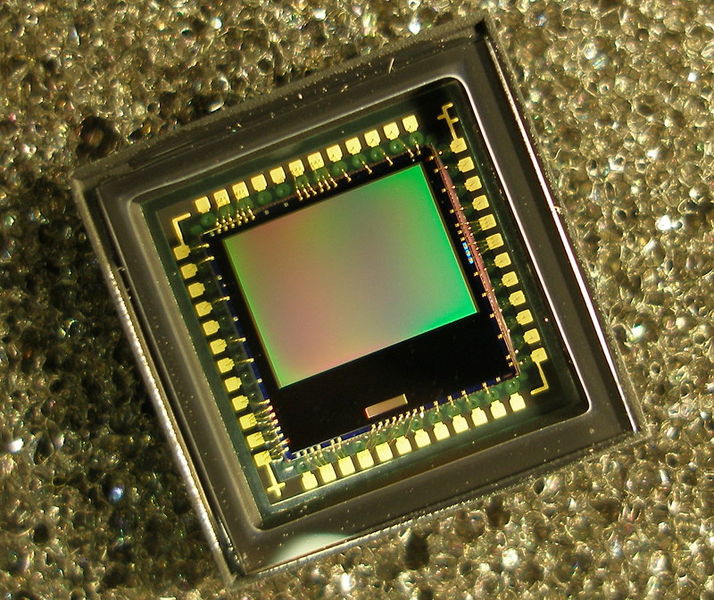 EMERGING TECH
EMERGING TECH
 EMERGING TECH
EMERGING TECH
 EMERGING TECH
EMERGING TECH
A new cryptography chip prototype designed using chaos theory is aimed at delivering “perfect secrecy” with unbreakable security.
The working chip-based prototype was designed by the Center for Unconventional Processes of Sciences in conjunction with the University of St. Andrews and King Abdullah University of Science and Technology. It uses standard CMOS-compatible silicon chips.
The chips are said to transmit information on a public optical network, using the technological maturity, speed and scalability of classic optical communications to deliver a pathway toward implementing perfect-secrecy cryptography at a global scale with what the creators describe as contained costs.
New chips and promises of advanced cryptography are not new, but where this one stands out is that the prototype was developed using chaos theory and the second law of thermodynamics to transmit and measure signals at the speed of light. Chaos theory is the science of predicting the behavior of inherently unpredictable systems — to expect the unexpected, so to speak.
The “perfect secrecy” chip uses keys that are changed for each communication, sending information in a onetime key that can never be intercepted by a hacker and the key is never the same twice.
In a review of the invention in Optics and Photonics News, a test found that “the eavesdropper, attempting to hack into the communication with complete knowledge of the system and using all of the same equipment, obtained only white noise in her decoded image.”
CUP Sciences and the Center for Unconventional Processes of Sciences are coordinating the next steps of development of the technology and the commercialization of the technology.
“We have successfully reimagined an entirely new way to develop technology, working in concert with the inherent principles operating in the laws of physics and randomness,” Aluizio M. Cruz, both co-inventor of the technology and co-founder of CUP Sciences, said in a statement. “Because of this, our technologies scale exponentially, rather than linearly, creating breakthroughs in efficiencies of energy and cost.”
Notably, the technology has also been designed to counter the risk presented by the rise of quantum computing. As Eric Herzog, chief marketing officer and vice president of worldwide storage sales of IBM Corp.’s Storage Division, told SiliconANGLE’s video studio theCUBE in September, “one of the things, obviously, that people complain about quantum computing, whether it’s us or anyone else, is that with the quantum computing you can crack basically any encryption.” Herzog added that based on current development that there is probably a “three- to seven-year time frame for quantum computing” to come online.
Support our mission to keep content open and free by engaging with theCUBE community. Join theCUBE’s Alumni Trust Network, where technology leaders connect, share intelligence and create opportunities.
Founded by tech visionaries John Furrier and Dave Vellante, SiliconANGLE Media has built a dynamic ecosystem of industry-leading digital media brands that reach 15+ million elite tech professionals. Our new proprietary theCUBE AI Video Cloud is breaking ground in audience interaction, leveraging theCUBEai.com neural network to help technology companies make data-driven decisions and stay at the forefront of industry conversations.